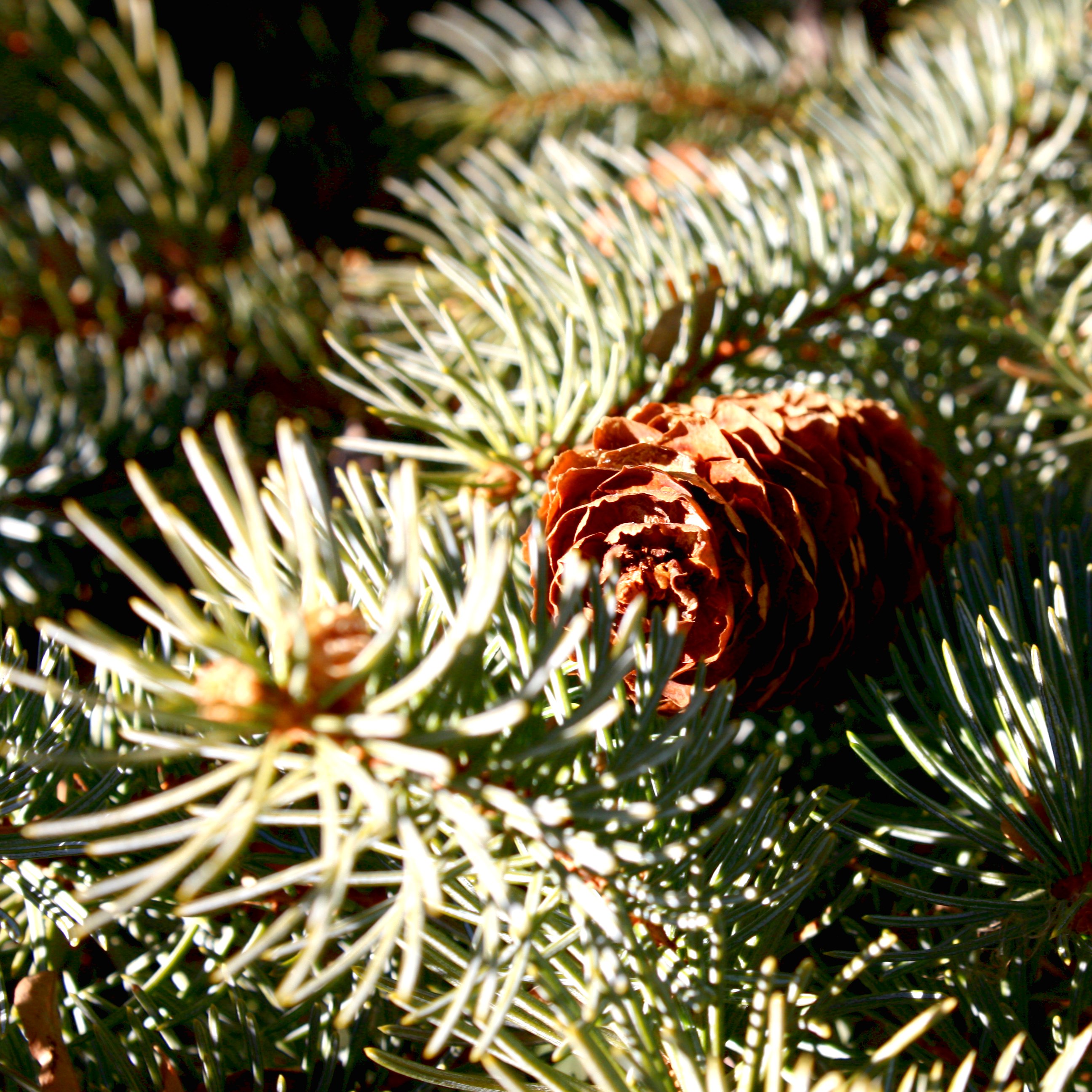
Compare the length and circumference of pinecone B in each column. Write down its circumference in the column Cold Water Circumference.

For each pinecone, write down the length in the column Initial Length. Use your measuring tape to measure the length of each each pinecone.

Label the columns “Initial Length,” “Initial Circumference,” “Cold Water Length,” “Cold Water Circumference,” “Final Length” and “Final Circumference.” On the first one write the letter “A.” On the second pinecone write “B” and on the third write “C.” Use your permanent marker to label your pinecones.Fill up the glass jar with cold water (including a few pieces of ice if available).With the help of an adult, preheat the oven to 250 degrees Fahrenheit.A large clear glass jar or bowl, large enough to hold about a cup of water.

At least three pinecones collected from outside.In these conditions the pinecone scales will open, allowing seeds to escape and drift away to find new ground to grow into new trees!Īs you will observe in this activity, after pinecones fall from the tree they can still open and close we will test the conditions that cause this-all from home! In contrast, when the weather is hot and dry, the seeds will have an easier time finding good soil for growing into trees. To make sure they have the best chance of finding fertile soil and growing into trees, the pinecone scales stay tightly closed when the weather is inhospitable to new seed growth-that is, when it’s very cold and damp outside. Eventually, however, the seeds need to be released so that they can grow into new trees. The scales protect the seeds from bad weather-and hungry animals. In this activity we will observe how pinecones respond to different temperatures by mimicking changes in weather, all from our own kitchens! As an added bonus, after this activity your pinecones will be ready to be added to your house as a holiday decoration or as a reminder of the plants of the season.ĭid you know that pinecones can stay on pine trees for more than 10 years before falling to the ground? During that time seeds for new pine trees grow under the scales of the pinecones. But did you know that pinecones have a vital job? They keep pine tree seeds safe, and protect them from the freezing temperatures during the winter! To protect their seeds, pinecones can close their “scales” tightly, keeping out cold temperatures, winds, ice and even animals that might eat their precious cargo.

Depending on where you live, this time of year the ground might be covered in snow, ice and, most importantly, pinecones! We see pinecones everywhere during the winter-in wreaths, on trees and in our yards.


 0 kommentar(er)
0 kommentar(er)
